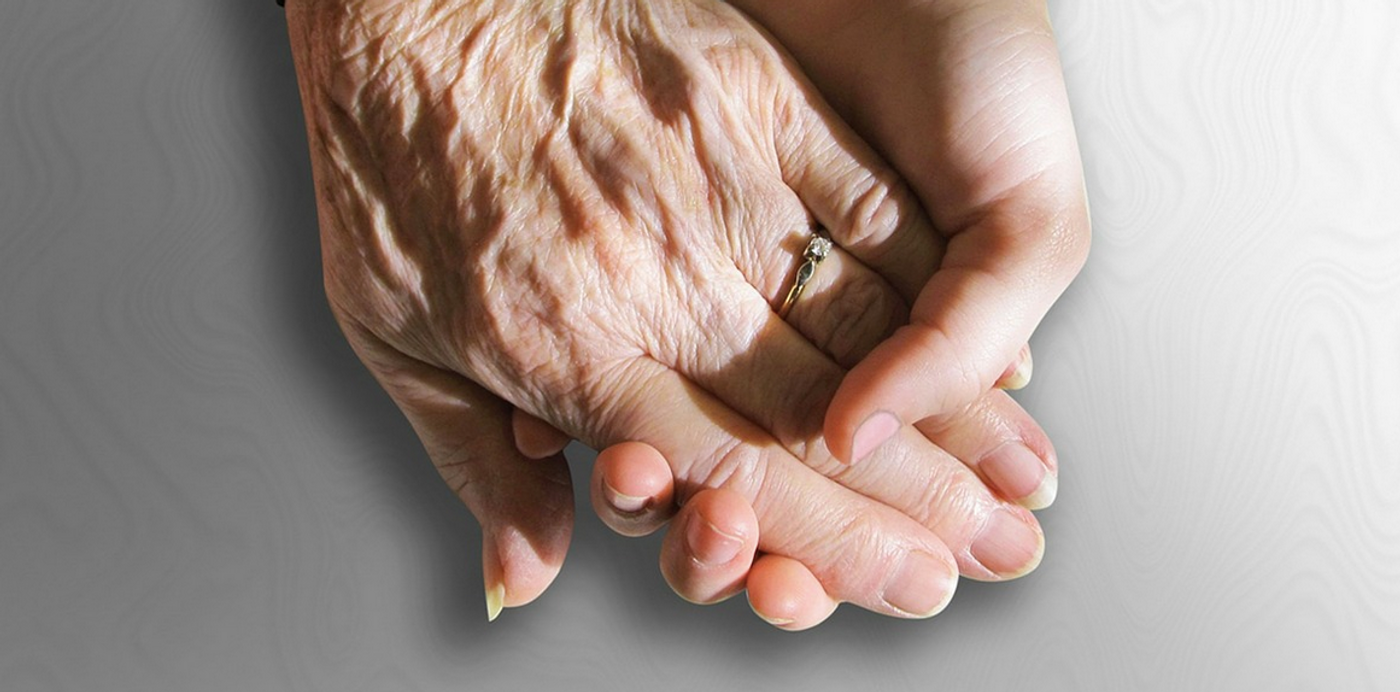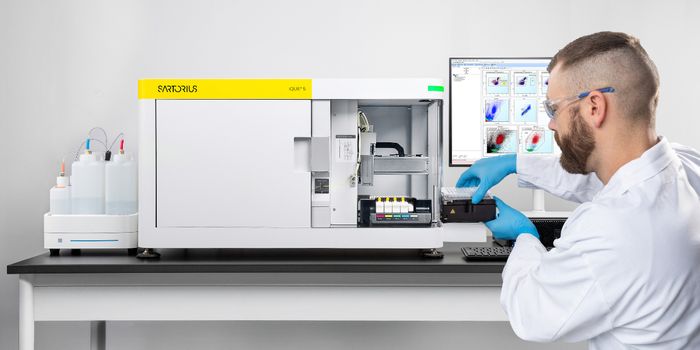Scientists Reverse Aging in a Mouse Model
Time takes a toll on the body, and as we age, disease becomes more likely. Our bodies are not as good at fighting pathogens or repairing the damage that can accumulate. A team of researchers has now found a way to reverse aging that effectively made cells more youthful in a mouse model of aging. The findings were reported in Nature Aging.
“We are elated that we can use this approach across the life span to slow down aging in normal animals. The technique is both safe and effective in mice,” said co-corresponding study author Juan Carlos Izpisua Belmonte, a professor and chair at the Salk Institute. “In addition to tackling age-related diseases, this approach may provide the biomedical community with a new tool to restore tissue and organismal health by improving cell function and resilience in different disease situations, such as neurodegenerative diseases.”
As we age, our cells pick up signs of that aging that can detected in the genes. Chemical groups that are attached to the genome, epigenetic tags, show certain patterns in older organisms. Some genes can be reprogrammed to take those epigenetic markers back to a younger state; this is the way adult cells are reprogrammed to be stem cells. Genetic reprogramming works through the so-called Yamanaka factors: Oct4, Sox2, Klf4 and cMyc. Those genes encode for transcription factors that are highly expressed in embryonic cells.
Previous work by the Izpisua Belmonte lab revealed that Yamanaka factors could also be used to increase the lifespan of mice that died prematurely, and boost muscle regeneration.
In this study, the researchers utilized Yamanaka factors in different groups of normal, aging mice. One group was treated from 15 to 22 months of age, another from 12 to 22 months, and a group was treated from one to 25 months. Those groups were meant to mimic people at 50 to 70 years old, 35 to 70 years old, and zero to 80 years old, respectively.
“What we really wanted to establish was that using this approach for a longer time span is safe,” explained co-first study author Pradeep Reddy, a Salk staff scientist. The researchers did not observe any "negative effects on the health, behavior or body weight of these animals.”
Compared to a control group, mice that were treated for seven or ten months were more like mice that were younger, but not in the group that was treated for only one month. In mice treated for longer lengths of time, the epigenetic patterns in kidney and skin cells were more like those in younger animals. If injured, the treated animals healed better, and age-related changes were not seen in blood biomarkers. Those treated animals also did not shows higher rates of cancer, or neurological changes.
When assessed halfway through the treatment, the signs of aging were not turned back like they had been by the end of the treatment. The researchers suggested that their method is turning back aging, and not pausing it, though more research will be needed to confirm that.
Now, the scientists want to learn more about how the Yamanaka factors are reversing aging, and develop new ways to apply the treatment.
Sources: Salk Insititute, Nature Aging









